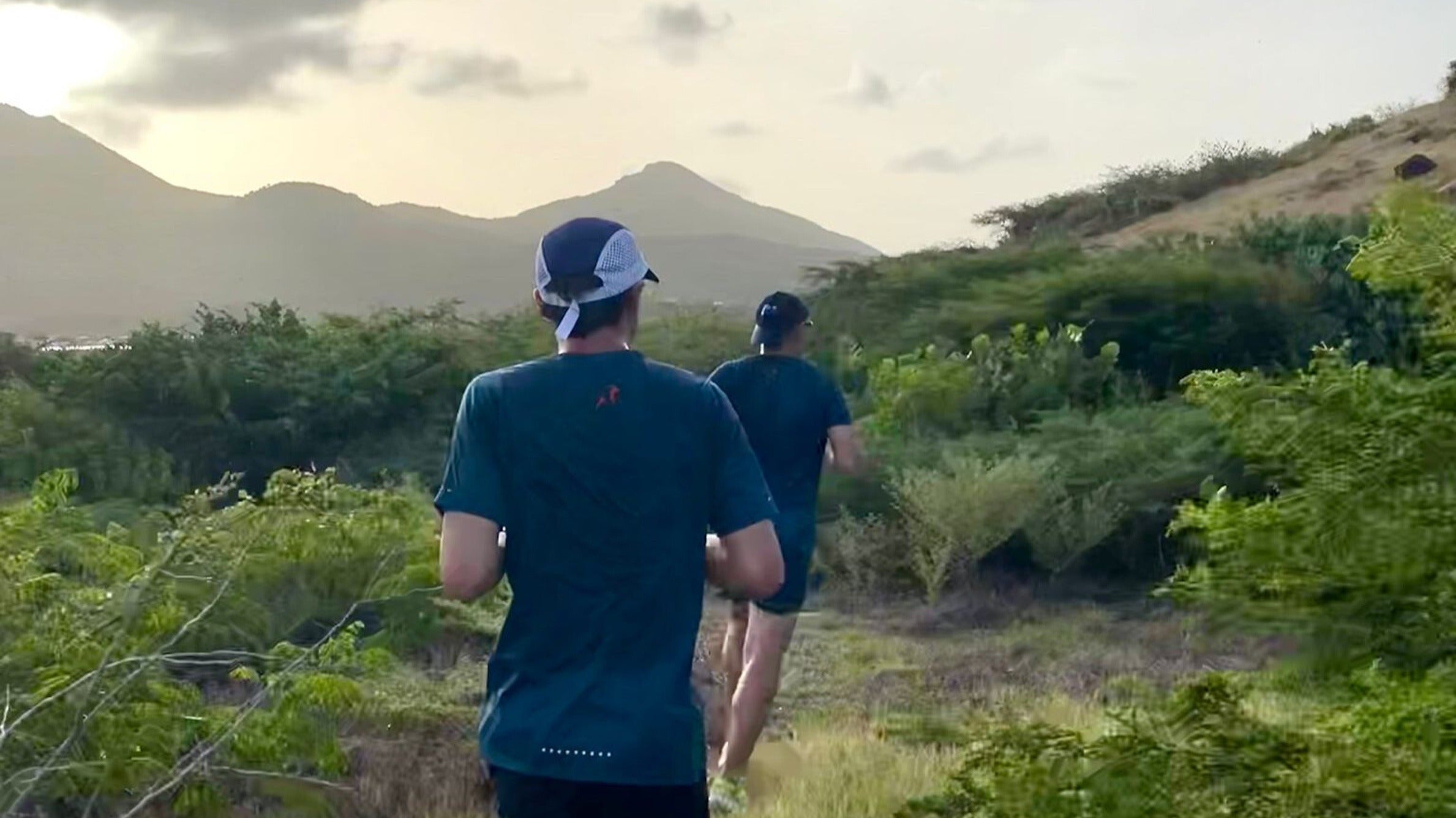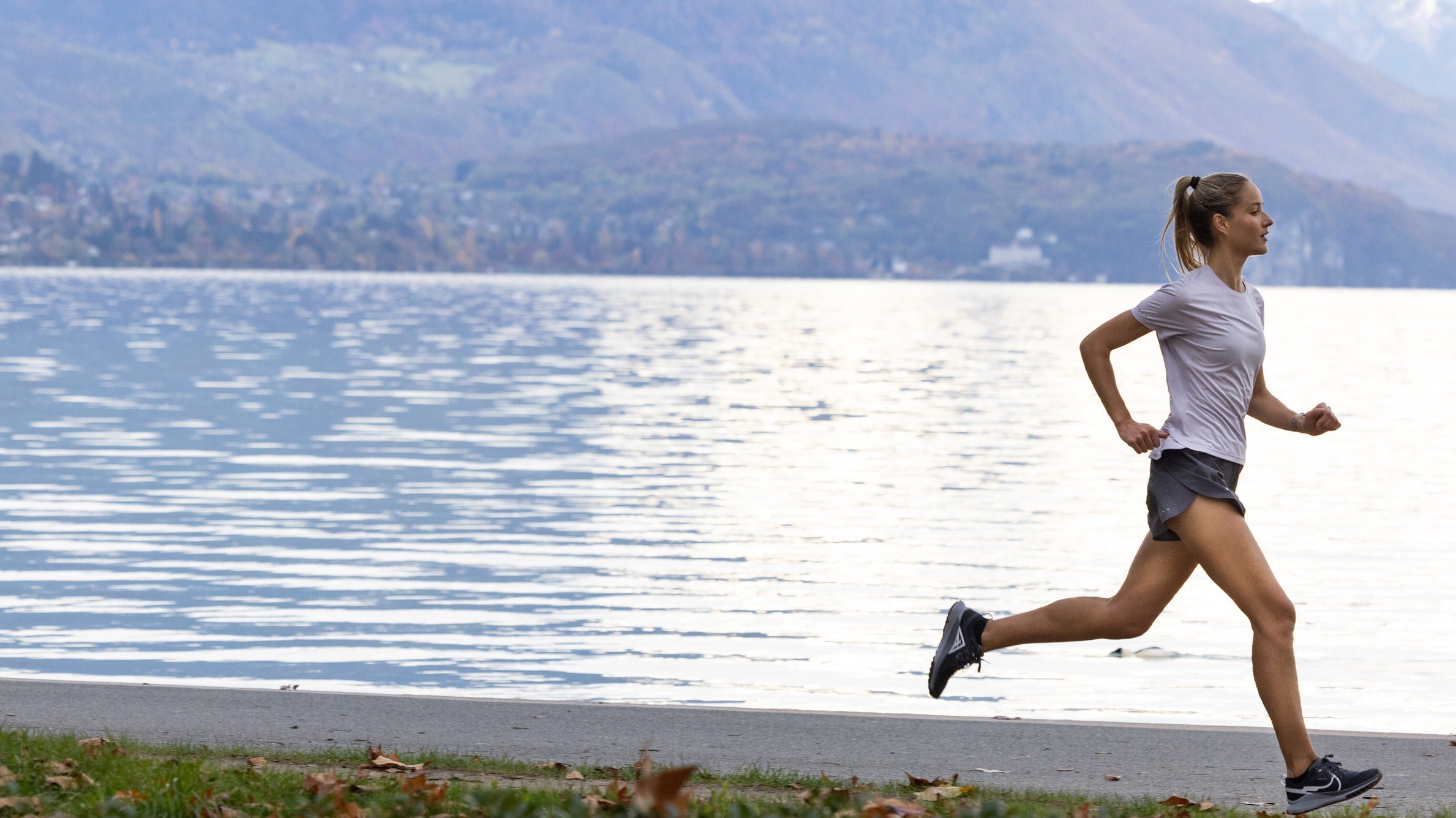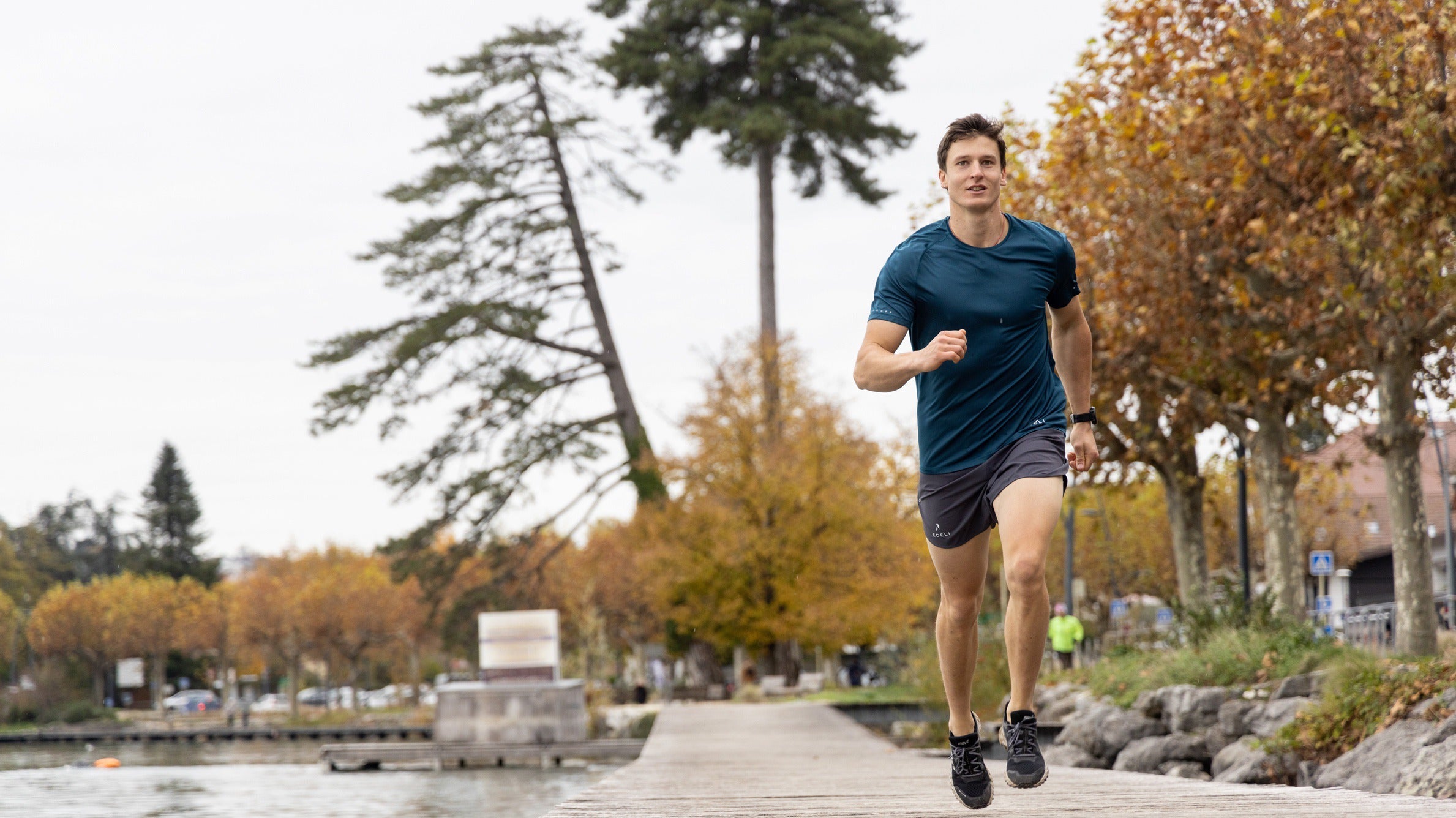
How to get started in trail running?
Switching from running to trail running is a bit like escaping the city and roads to paths and trails, exploring the surrounding nature while running, from small to large forests or wide open spaces, especially in the mountains. It's also an invitation to practice our favorite sport in the great outdoors, encountering flora and fauna, and here and there discovering magnificent views.
Trail running inspires adventure and allows you to reinvent the practice of running away from roads and streets. It also requires a little preparation and adaptation. To ensure the transition to trail running is a success and to fully enjoy this new practice, here are some tips for getting started in trail running:
Choosing the right equipment
Switching from running to trail running is a bit like switching from road cycling to mountain biking. It requires adapting your equipment. The first part of the equipment to adapt is, of course, the shoes. The terrain for trail running is much more varied but just as tricky as on the road. Gone is the relatively smooth and uniform surface, hello roots, pebbles, large stones, and sometimes muddy sections that are part of the hazards of trail running trails. The slopes are also much more variable and can reach very high percentages both uphill and downhill. You must therefore ensure you have a suitable sole that will prevent you from slipping on technical sections (for example, on slopes with rocks) and provide good support. The sole must also be reinforced to avoid being pierced by potentially sharp stone edges. When descending on trails or steep paths, the need for cushioning will increase significantly, which also requires a suitable shoe. In short, there are plenty of reasons to invest in trail running shoes in addition to your usual running shoes. The sole may feel a little stiff at first, but you'll eventually get used to it.
For clothing, the ideal is to run with suitable technical trail shorts and trail T-shirts, trail shorts will have more pockets than running shorts (especially for easy and quick access to the nutrition you will be carrying) and the trail T-shirt must resist the risks of abrasion linked to the repetitive rubbing of the straps of the trail bag on the T-shirt. As for running, clothing must also be light, breathable, quick-drying and very comfortable to wear like second skins. It is also advisable to equip yourself with additional layer options: at least a windproof or waterproof jacket depending on the weather forecast for the day and in case of bad weather or strong wind on the course, and in cold weather or on courses with steep gradients and the temperature variations that go with it, a first technical thermal layer can be very useful. Finally, a cap and sunglasses are also obviously almost essential.
The last key piece of equipment in trail running is, of course, the trail running bag or hydration pack. Trail running is an adventure in the great outdoors, which often means running in natural spaces, sometimes without the possibility of replenishing your water or food supplies. Therefore, you must carry all the water and nutrition you need for your planned trail outing. Even for short trail outings of less than an hour, you must remember to bring something to drink, hence the importance of a trail running bag or hydration pack for your trail outings. Of course, you must adapt the amount of water you bring depending on the planned race duration and the weather conditions of the day.
Identify the route and have your cell phone with you
When you go for a trail running outing, especially if you are going to run in a new environment that you do not know very well, it is best to scout the route before the outing at least on an app like AllTrails or IGNrando (see links below), even for a short outing, unless you already know the place very well. It is also advisable to bring your charged cell phone with you so that you can call in case of a problem like a sprain or a strain following a fall. Trail running terrain is generally uneven with roots, dead branches, stones, rocks sometimes on the path or trail. Falling is therefore possible, much more than on the road and if you go running alone, having your cell phone with you gives you a little more peace of mind when you are in the great outdoors. It is also advisable to tell someone close to you where you are going to run. Apps also allow you to follow and check during your outing that you are staying on the right route. It's really easy, for example in the forest, to take the wrong turn when the trails are very similar. A quick glance at the app if in doubt and it's immediately corrected. On longer outings, some even bring a small first aid kit in case of a fall and minor bleeding to disinfect, put on a small bandage and set off again. For the first two or three weeks of trail running, it's best to limit outings to around an hour or less to get used to trail shoes and to wearing a backpack or hydration pack. After several outings to acclimatize to trail running, the distance can be gradually increased.
Managing uphill and downhill
Trail running doesn't automatically mean running with positive and negative elevation gain, but on trails in the mid-mountains and even more so in the high mountains, trail running is often synonymous with outings with a significant elevation gain, the famous D+ or D- (positive or negative elevation gain). And you have to learn to manage these climbs and descents that are part of trail running. The climbs, first of all. When you go from running to trail running, you have to forget a little about speed or pace markers on the flat. As soon as the slope rises and the trail becomes technical (stones, rocks, roots, etc.), it is no longer possible to maintain regular paces like when running. You have to shorten your strides and learn to save energy. On these steep sections, walking is even quite natural, even for the fastest. The climbs can be done if necessary with the help of poles for those who are attracted to the wide open spaces in the high mountains. The descents are almost even more demanding and difficult than the climbs. Firstly, for the muscles and joints, with the shocks and shocks to absorb, and also for the concentration needed on your supports to avoid falling. Muscle strengthening sessions, especially for the quadriceps, will help you more easily overcome the climbs and descents in trail running. The key is to save energy in trail running more than in running because the courses are generally more demanding and technical, and in spirit, trail running is also about enjoying nature, the landscapes, and the experience. We pay less attention to average speed or time, except of course for competitors or elite trail runners.
With the right equipment, a good idea of the route and good management of the climbs and descents, you are off to discover the world of trail running and the superb landscapes and experiences that go with it.
Be careful, it can quickly become an addiction!



Leave a comment
This site is protected by hCaptcha and the hCaptcha Privacy Policy and Terms of Service apply.